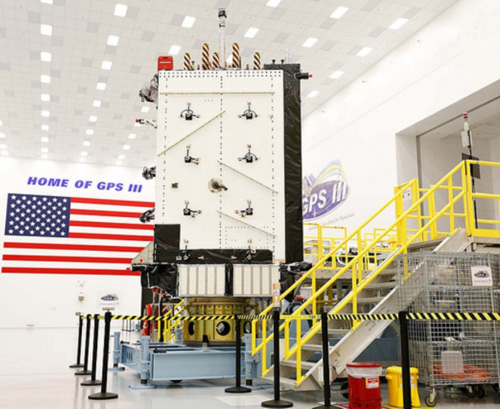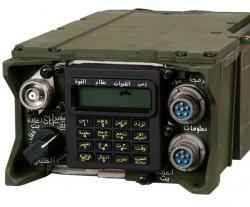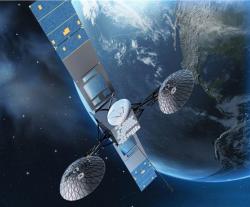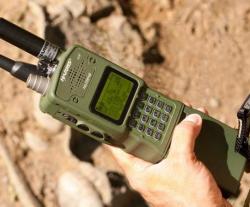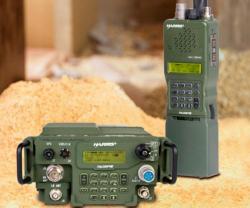Harris Corporation and Boeing are developing next-generation avionics technology for current and future military aircraft to improve and protect aviators’ missions.
Harris and Boeing are collaborating to create advanced core mission processing architectures. The mission processor manages many of an aircraft’s critical capabilities, including communication, sensors, navigation and displays. Harris will produce the collaborative design for this common processing hardware that, when integrated with Boeing Secure Computing Solution hardware, Boeing Phantom Fusion mission software and a state-of-the-art multi-level communication network, will help set the standard in modern mission computing.
Harris will apply its expertise in custom designed high-speed interfaces, advanced security, commercial-off-the-shelf (COTS) processors, and advanced military quality packaging to deliver high-performance, scalable mission processing hardware based on an open-systems architecture.
“Our core processor hardware adapts to the mission needs of any military aircraft in a cost-effective way. We will use our expertise in ruggedized, high-performance COTS hardware to provide the processing power and cross-platform applicability needed for mission success,” said Ed Zoiss (photo), President, Harris Electronic Systems.
Boeing is the world's largest aerospace company and leading manufacturer of commercial jetliners and defense, space and security systems. A top U.S. exporter, the company supports airlines and U.S. and allied government customers in 150 countries.
Boeing products and tailored services include commercial and military aircraft, satellites, weapons, electronic and defense systems, launch systems, advanced information and communication systems, and performance-based logistics and training.
Harris Corporation is a leading technology innovator, solving customers’ toughest mission-critical challenges by providing solutions that connect, inform and protect. Harris supports customers in more than 100 countries and has approximately $7.5 billion in annual revenue and 21,000 employees worldwide.
The company is organized into four business segments: Communication Systems, Space and Intelligence Systems, Electronic Systems and Critical Networks.

